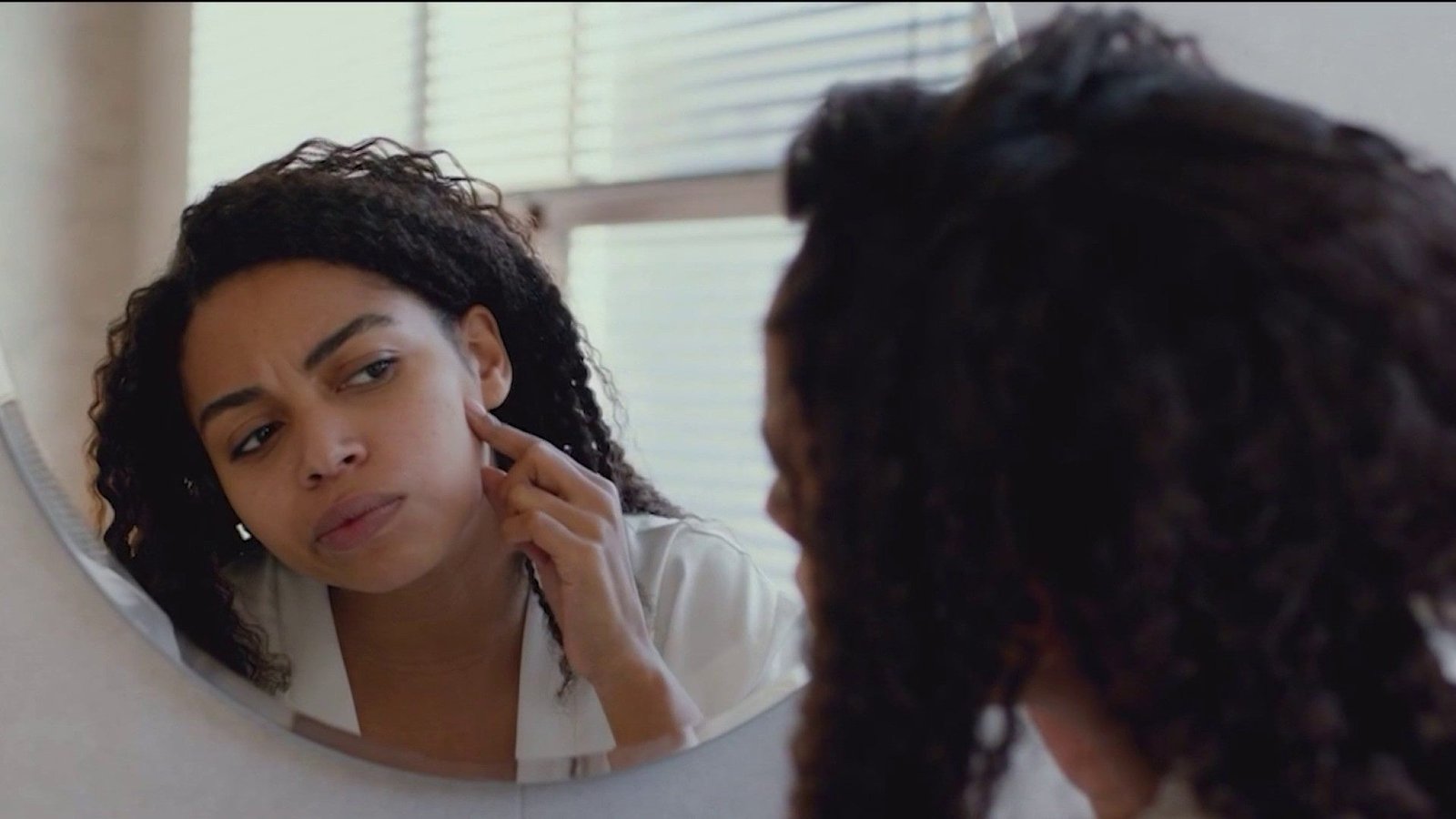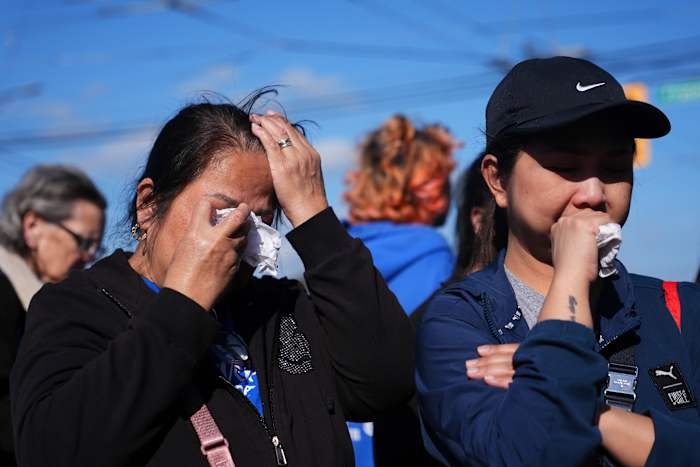Skin cancer is a serious health concern for everyone, but for Black Americans, the risks often look different and can be much more dangerous. While it’s less common in people with darker skin, when skin cancer does develop, it’s often missed until it’s in an advanced stage. In fact, Black Americans are nearly five times more likely to die within five years of a melanoma diagnosis than white Americans. Here in Orlando, where the sun shines year-round, understanding these risks and knowing how to detect early warning signs could save lives. Let’s explore why skin cancer is often deadlier for Black individuals, where to look for warning signs, and what steps you can take to protect yourself and your loved ones.
Why Skin Cancer Is Often Deadlier for Black Americans
Skin cancer, especially melanoma, is less frequently diagnosed in Black Americans compared to white Americans. However, when it does occur, the outcome is often much worse. According to studies, Black Americans are nearly five times more likely to die within five years of a melanoma diagnosis. A major reason is late detection: skin cancer often goes unnoticed in people with darker skin because it tends to develop in less obvious places and may not look like the typical warning signs seen in lighter skin tones.
In cities like Orlando, where outdoor activities are popular and the sun is strong all year, many people assume that having darker skin means they’re protected from the sun’s harmful ultraviolet (UV) rays. While increased melanin does provide some natural protection, it does not make someone immune to skin cancer. The misconception that Black individuals don’t get skin cancer can lead to dangerous delays in seeking medical attention.
Where Skin Cancer Hides: Unusual Places to Check
One of the most critical differences in skin cancer among Black individuals is where it appears. Unlike in white individuals, where melanoma often develops on sun-exposed areas like the face, arms, and back, in Black people it tends to show up in places not commonly associated with sun exposure. These include:
- Soles of the feet
- Palms of the hands
- Under the nails (subungual melanoma)
- Inside the mouth
- In the genital or anal areas
This type of melanoma is called acral lentiginous melanoma (ALM), and it’s the most common form among Black Americans. Because these areas aren’t usually checked for skin cancer, and because the lesions can look like bruises, warts, or dark streaks under the nails, they are often ignored until the disease has progressed.
Orlando’s dermatologists report that most late-stage melanoma cases among Black residents are diagnosed in these less visible places, making public awareness and regular self-checks even more crucial locally.
Recognizing the Warning Signs: What to Look For
Early detection is key to surviving skin cancer. The classic “ABCDE” warning signs—Asymmetry, Border irregularity, Color variation, Diameter larger than 6mm, and Evolving shape or color—still apply, but be aware of additional symptoms, especially in less common locations:
- Dark spots or patches that are growing, changing, or bleeding
- New streaks of pigment (brown or black) under a fingernail or toenail
- Sores on the palms, soles, or inside the mouth that don’t heal
- Warts or lesions that look unusual or persist for weeks
If you live in Orlando and notice any of these unusual changes, don’t ignore them. The humidity and heat may make some skin conditions more common, but persistent or changing spots should always be checked by a dermatologist. Local clinics and health fairs often offer free skin screenings—take advantage of these resources!
Steps for Early Detection and Prevention in Orlando
Preventing and detecting skin cancer early is possible with a few key steps:
- Perform regular self-exams: Check your entire body, including the palms, soles, under the nails, inside the mouth, and private areas. Use a mirror or ask a loved one for help with hard-to-see spots.
- Wear sunscreen daily: Even though melanin offers some protection, it’s not enough. Choose a broad-spectrum sunscreen with at least SPF 30 and reapply every two hours, especially if you’re swimming or sweating—a common scenario in Orlando’s outdoor lifestyle.
- Seek shade and wear protective clothing: Wide-brimmed hats, sunglasses, and long sleeves add extra protection when you’re enjoying Orlando’s parks, beaches, or theme parks.
- Visit a dermatologist annually: Annual skin checks are vital, especially if you have a family history of cancer, a history of abnormal moles, or if you notice any changes. Local Orlando clinics can help, and some offer sliding-scale or free appointments.
- Educate your family and community: Share information about the unique risks and signs of skin cancer in Black Americans. The more people know, the better the chances of early detection.
Orlando’s diverse population
















